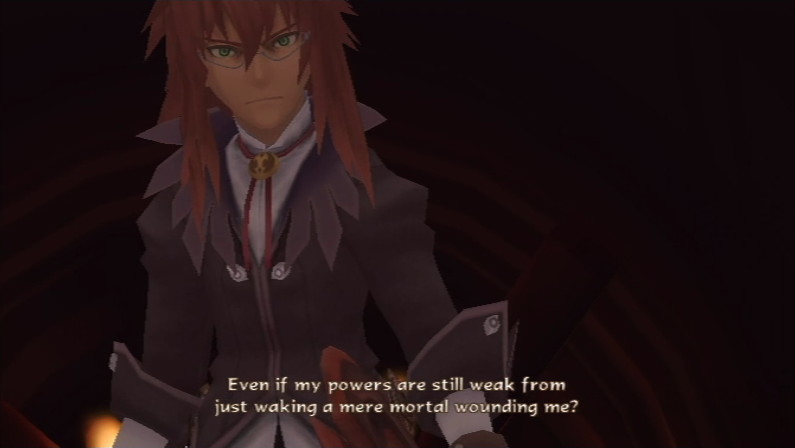Tales Of Symphonia Ratatosk Isotretinoin

Contents • • • • • • • • • • • • • Gameplay [ ] Battle system [ ] Tales of Symphonia: Dawn of the New World uses the 'Flex Range Element Enhanced Linear Motion Battle System' (FR:EE-LiMBS), combining aspects of ' and 's battle systems, to create a battle experience comparable to 's. Rangkaian Usb To Serial Converter. A key feature of this enhanced system is the Elemental Grid.
Tales of Symphonia Dawn of the New World Characters: Alice. [Might of Ratatosk] Emil ☆☆☆☆☆ Type. Tales of Link Wikia is a FANDOM Games Community. Ratatosk (Tales of Symphonia) Tenebrae (Tales of Symphonia) Lumen; Original Male Character(s) Original Female Character(s) Glacies; Ignis; Ventus; tonitrus; Aqua (Tales of Symphonia) Solum; Genderbending; Alternate Universe; Dysfunctional Family; Family Drama; Summary. Emily (Emil only Female) is a belly dancer in a dancing troupe. View the profiles of people named Symphonia Ratatosk. Join Facebook to connect with Symphonia Ratatosk and others you may know. Facebook gives people the. Asukawestwood.com PAGE. Http:/ www.m-benihana.co.jp/. Wii Software Game “TALES OF SYMPHONIA -RATATOSK no Kishi-” Opening Theme. Frister Rossmann Manual Cub 4 Life. Dua Orang, Tiga Kaki. Atau “Ras Berkaki Tiga”. Autocad 2012_english_win_64bit Crack Free Download. In progress- -yes i'm retranslating this.
Each battle location, skill, and monster has an elemental attribute. The battlefield's element can be altered by using three skills with the same elemental attribute.
Changing the element of the field determines both the effectiveness of an attack, as well as the characters that can participate in Unison Attacks, which return from the original Symphonia. A meter on the lower part of the screen indicates when the attack can be unleashed. Another returning element of the series are Mystic Artes. A fight between Emil and Decus. Another new feature is the ability to capture, evolve, and level up over 200 monsters to fight alongside Emil. Monsters can be recruited once they have been defeated in battle while the elemental grid has four of the same element, as well as the main element matching them. In order to increase the odds of a successful recruitment, the element of the field should align with the element of the monster, and an altered version of the classic Tales affection system helps to persuade them to join the party.
The monsters are controlled in battle by artificial intelligence. The party can only hold four monsters at a time; as such, those not in use can be stored in a pen at the Katz Guild. There are also several sidequests available at the Katz Guild. The party obtains both and GRADE after each battle. The amount of Experience points gained is given to all members of the party, not divided. Once a certain amount has been accumulated, each character or monster will level up, thereby improving their stats and possibly gaining new skills. Another way to increase a monster's status parameters is by cooking them special recipes, when fed some monsters may be able to evolve into new forms, allowing for 'monster customization.'
The original Symphonia cast, however, do not gain levels through experience points; instead, they gain levels during plot events. The amount of GRADE received depends on how each battle is fought. From the second playthrough on, collected GRADE can be used to purchase game options, or transfer items or skills to carry to the next file. Presentation [ ] The only animated segment in the game is its opening sequence. Most of the story is told through real-time that were filmed using a motion capture system. Skits, which are short, optional conversations between the characters, make a return; unlike in previous North American releases, these skits are fully voiced.